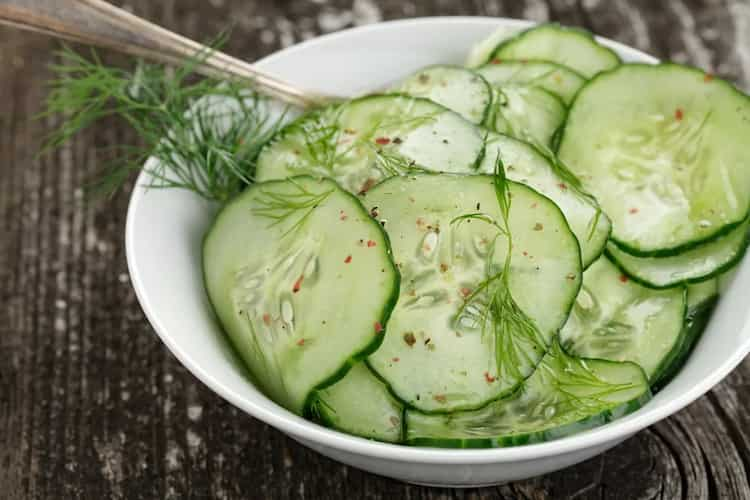The herb dill, often known as dill weed, is used in Asian and European cooking. The plant has soft leaves in between narrow stems coated in brown, flat, spherical seeds. Dill leaves have a subtle citrus flavour, while the seeds are more fragrant. Dill is commonly employed as a spice and herb to improve the flavour of many different foods. It frequently pairs well with fish, potatoes, and yoghurt-based sauces. Dill has historically been used to treat a variety of ailments, including digestive issues, infant colic, and bad breath. It also has a number of nutritional advantages in addition to its culinary uses.
You should include dill, also known as soa, in your diet for the following reasons.
Nutrient rich: One of the best herbs to incorporate in your diet is soa because it is loaded with nutrients. It is a good source of vitamin C, calcium, iron, and vitamin A. Just a dash of dill will add nutrition to your meal.
Heart friendly: One of the largest health risks in the world is heart disease. Every year, it has an impact on millions of people and is responsible for millions of fatalities. Flavonoids found in dill may aid in lowering the risk of heart disease and stroke. Additionally, it has been demonstrated to lower LDL cholesterol levels, which can lower the risk of heart disease.
Anti-Inflammatory: Dill essential oil contains a natural substance called monoterpenes that has anti-inflammatory, anti-fungal, and anti-cancer activities. Numerous studies have demonstrated the advantages of the monoterpenes present in dill. To fully understand how dill lowers the risk of cancer, more research is necessary.

Diabetic friendly: Diabetes mellitus, commonly referred to as diabetes, is a metabolic disorder that causes blood sugar levels to rise. A hormone called insulin is responsible for bringing sugar from the blood into your cells, where it can be either stored or used as fuel. If you have diabetes, your body either doesn't manufacture enough insulin or can't use the insulin that is produced. According to studies, dill can be used to treat diabetes. Dill helps treat type 2 diabetes that is currently present, but it may also help prevent the disease from developing.
Culinary Use
Dill is a flavorful ingredient that is simple to include into recipes. You can use it as a garnish, a flavouring agent, an ingredient in sauces, or as a garnish for dips and salads. You may add dill seeds to soups and vegetable meals.
Downside
Dill is generally safe to eat. It has been demonstrated that it can, on rare occasions, cause allergic reactions, throat swelling, vomiting, diarrhoea, an itchy mouth, and enlarged red patches on the tongue. It is also advised avoiding using dill tablets or extracts when pregnant because there isn't much information on their safety during pregnancy and breast-feeding.


